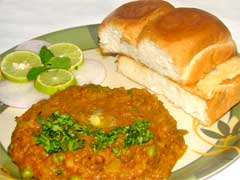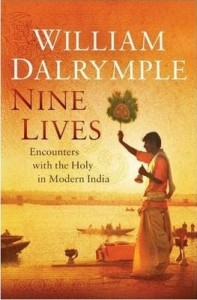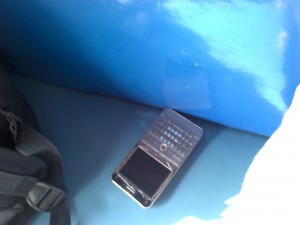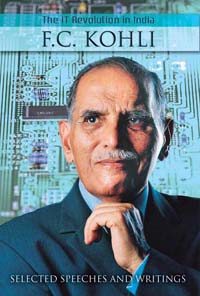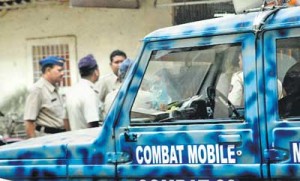Sitting across the table, some 13000 kms away in San Francisco, was the man of the future, Dave Evans, chief futurist, Cisco. Through the enclosing Telepresence screen, I could almost feel the glare of his peering eyes. But then, that’s the side-effects of dealing with a futurist, who’s job profile involves looking always over the horizon. Dave is just the man for it.
The best thing about him is that he does not confine himself, solely talking about networking and hardware (which could be expected since he draws his paycheck from Cisco), but he can shed light on a variety of topics. For instance, a good 15 minutes of our time in the interaction we spent discussing how the human society will evolve, will ever have a scenario like that poignantly imagined by HG Wells in the Time Machine, a division of the human society of lazy Eloi (the haves) and the wily Morlocks (the have-nots). Well, he charted the division from the digital divide perspective and seemed wary of how it might widen in the future.
Nonetheless, we did speak much on technology and here is what he had to say on various things.
Just one thing, don’t forget to read Dave Evans 25 top tech predictions at the end of this interaction. In fact if possible, read it first before diving into the Q&A.
In one of your prognosis, you have spoken about data explosion. How critical is the issue?
Data explosion is one of the biggest issues that will hold sway in the days to come and that is simply because we are generating information at an exponential rate. To give you an idea, the Internet in the US at 2015 will be 50 times larger than in 2006 because of the huge volumes of data uploads. Even as we talk now, the Internet is growing fantastically, savour this, everyday some 10 billion email messages are sent, close to 20 hours of video is being uploaded on YouTube every single minute. So in a way, we are drowning in this sea of data that we ourselves are creating.
This explosion has led to the realisation that data is not knowledge, and we need to be careful and not err in believing the same. The difference is essential as today companies across the world are digging deeper into the vast loads of information they have to find nuggets of consumer insights and thereby build up business. Thus, it is very critical for an enterprise to chalk out a strategy on how to deal with  data explosion.
data explosion.
You have also spoken about instantaneous communication in the future, how will that have an impact?
In the years to come, thanks to wonders like quantum computing, etc. instantaneous communication will indeed be a reality. But even today, the world has more or less flattened when it comes to communication as the Internet has enabled communication with everyone in a matter of few seconds. The impact is huge, for instance, a few centuries back if I had to share knowledge with you, I would have to go through the arduous old trade routes and it could take anything between a few weeks to months for us to get together and exchange words. And here we are today in different part of the globes, sitting across the table and conversing in real time. This ability to share knowledge instantaneously will have a huge impact in the days to come, business models, revenue models; everything will change under its wake.
You also used the term ‘flattening’, what are the implications of the same?
Huge and we are already witnessing the impacts of the same. You see, the flattening, so as to say, has not only resulted in an agile workforce, but has also turned the world into a sort of global marketplace. So any company located anywhere in the world can sell anything to anyone located elsewhere. That’s why countries like India and China are blossoming. They are becoming tour de force vis-a-vis the US. This is a huge challenge for enterprises and even bigger opportunity for them.
Do you think the networking and communication capabilities be able to cope up with this growth? Continue reading …
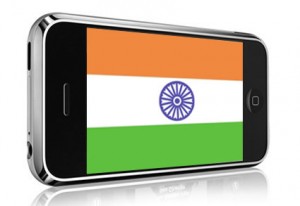 instance, Apple today announced that it will be shipping the new iPad2 to 25 countries mostly European nations and Mexico by March 25th. The company has also indicated that the device will debut in Hong Kong, Korea, Singapore and additional countries in April. Yet there is singular silence when it comes to talking about India.
instance, Apple today announced that it will be shipping the new iPad2 to 25 countries mostly European nations and Mexico by March 25th. The company has also indicated that the device will debut in Hong Kong, Korea, Singapore and additional countries in April. Yet there is singular silence when it comes to talking about India.
